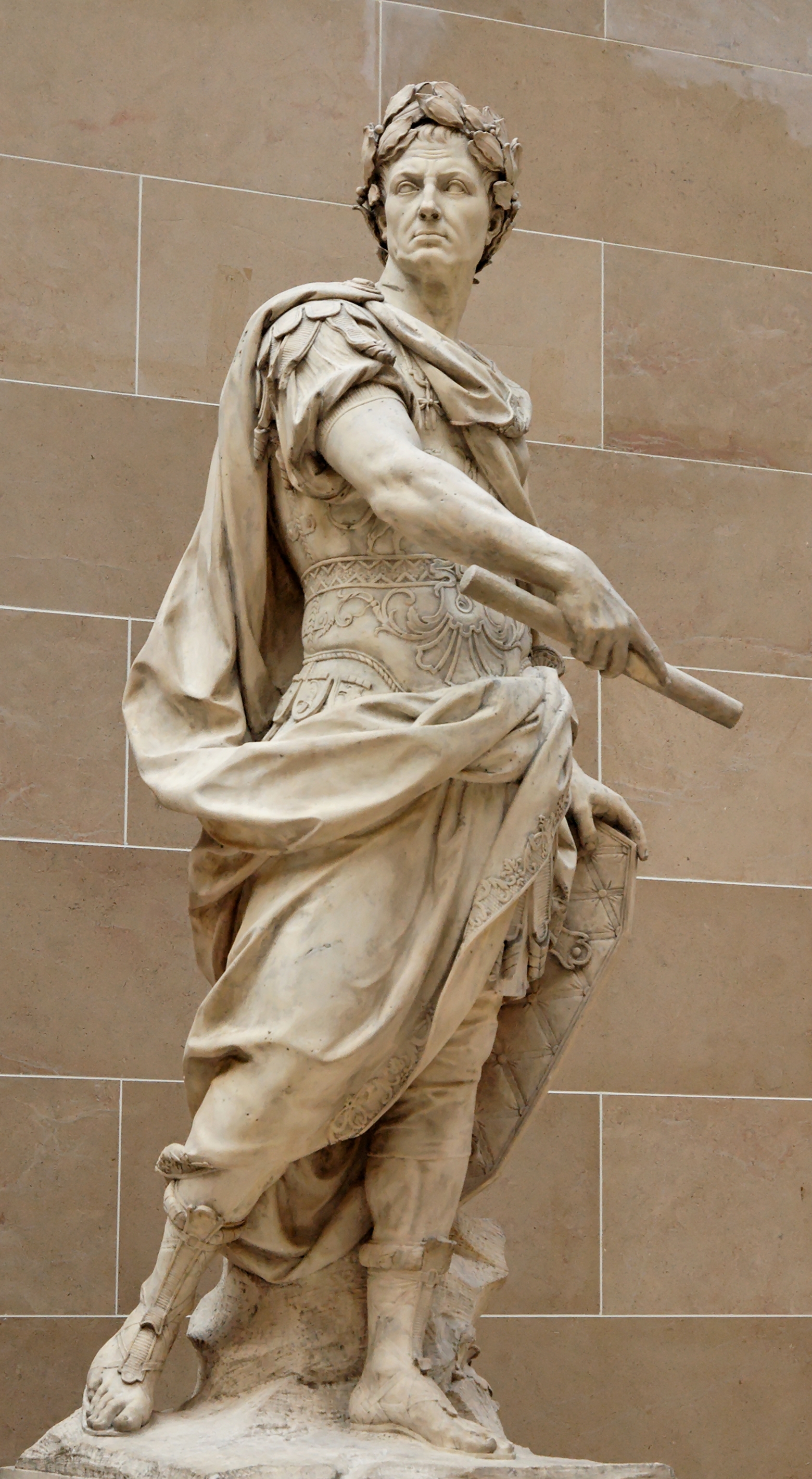
For the past two school months we have been reading A Separate Peace where the protagonist, Gene, and his best friend named Finny attend a boarding school named Devon
where they both are being trained to eventually be drafted into the war. Both Gene and Finny are athletic, however, Gene is also very smart, and is most likely to be the top of his class. After the close relationship between Gene and Finny developes, Gene suddenly has second thoughts about the relationship between his best friend believing that there is a competition between the two and that Finny is trying to lower Gene's academic grades. Finny, being athletic, creates a club where its members must jump off a tree into a lake.

Despite Gene and Finny's close relationship, Gene shakes the tree, injuring Finny for life. Finny refuses to accept that Gene was the one who had shaken the tree, so this fact is kept a secret throughout Devon. While this is happening, we begin to see as Finny being innocent and slightly ignorant because Finny thinks that the war is made up. We see Finny's innocence being broken as another character, Leper, is drafted into the war and comes back having crazy thoughts, and acting mentally insane. Finny then has to accept the fact that there is a war since Leper, his friend, had been affected in this way simply the training to go into the war--not even the war itself. We hear in the news constantly about veterans being diagnosed with mental illnesses and the statistics are absolutely horrifying. Although the numbers may be a big exaggerated, it is no surprise. Younger soldiers are usually the ones to be exposed the action in wars, so are more prone to mental disorders. As stated by the Democrat from Georgia, “You can’t send young Americans…and expect them to come home and just fit right in. They bring that trauma with them”. Leper had been exposed to training, and he definitely did not come back to Devon fitting right in with the others, or at least saw things normally. Knowles includes Leper and his fragile mental condition because it represents the thousands of soldiers that have mental health disorders.
Brinker, perhaps the antagonist of this novel, puts Gene and Finny into a court-like scene where Gene is being tried for injuring Finny. Brinker seems to enjoy putting Gene and Finny on the spot in front of the whole senior class witnessing the scene. Brinker does this to gain power by diminishing the authority that Gene and Finny have among the people of Devon. Brinker probably did not even consider allowing Gene and Finny work out this situation on their own, but just exploits the opportunity to break the relationship between Gene and Finny a part by creating a large scene, and Brinker rising at the top as the juror, the righteous man.
The last scene we read about in A Separate Peace included Finny breaking down and crying in the court-like room, running out, and tumbling down the stairs. I believe this point is where the climax has reached its furthest high point where we as readers are left wondering what has happened to Finny. Also, to contemplate who is to blame for the further injuries Finny has to withstand. Brinker’s non-empathic feelings, Gene and Finny for not talking the incident of the tree out, or perhaps a whole assortment of reasons for the fall of Finny. i believe the deep problem is the lack of communication in the relationship between Finny and Gene. If Gene told Finny about his thoughts that Finny was trying to lower Gene's grades, Finny would have known that there was no antagonism between the two. Then, the blind impulse to shake the tree would not have injured Finny. Then, if Gene and Finny had talked out this situation and Finny accepted that Gene had shaken the tree before the court scene, Finny would again not be hurt. A Separate Peace must have been written to demonstrate how importnat communication is in a close relationship, such as the one between Gene and Finny.






.jpg)
